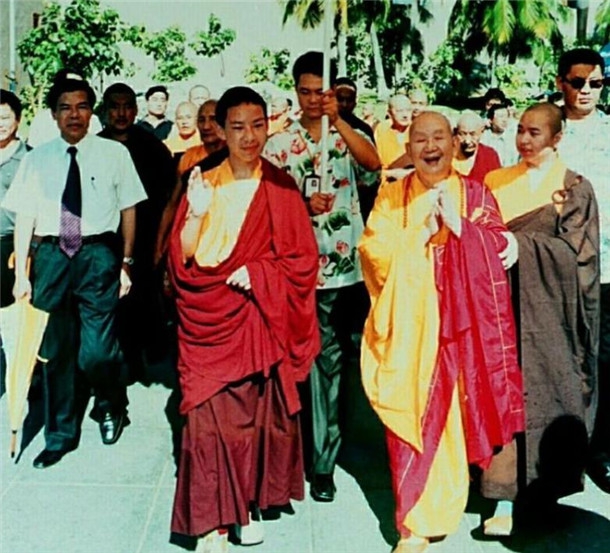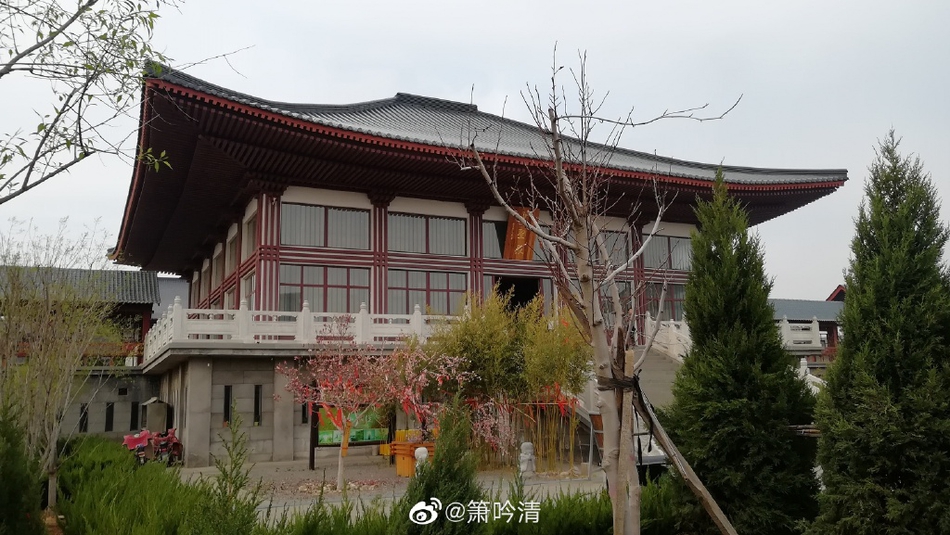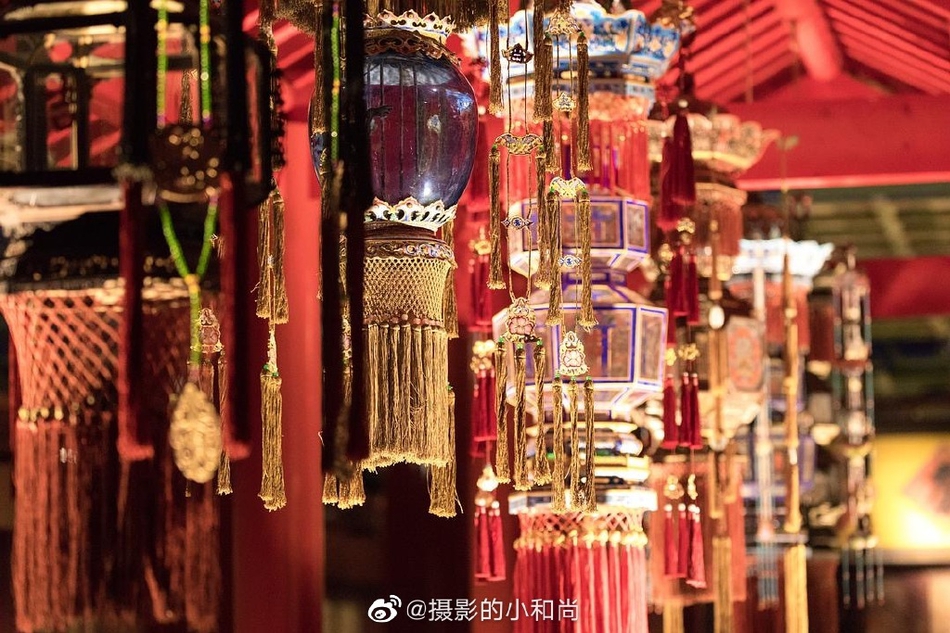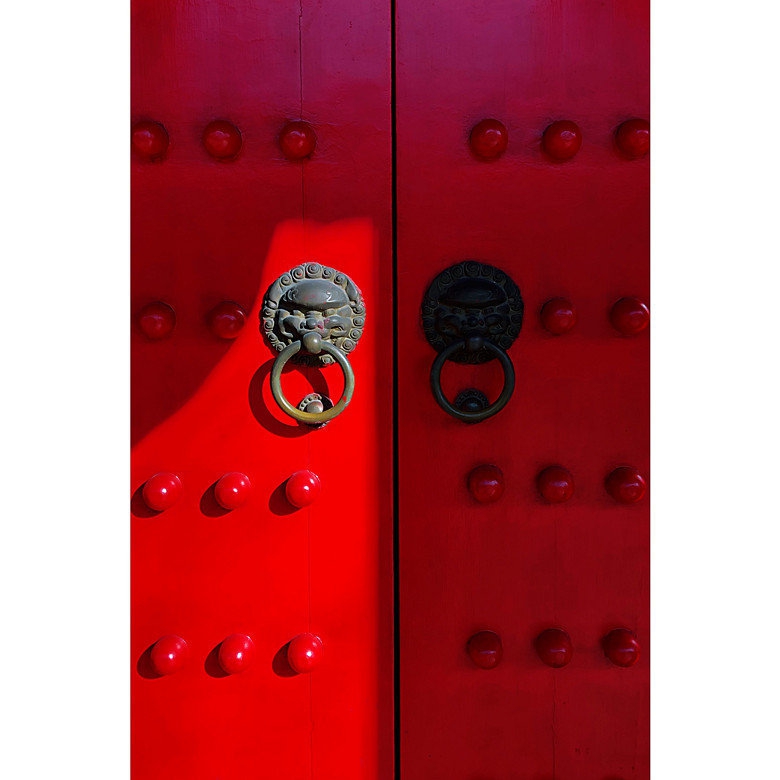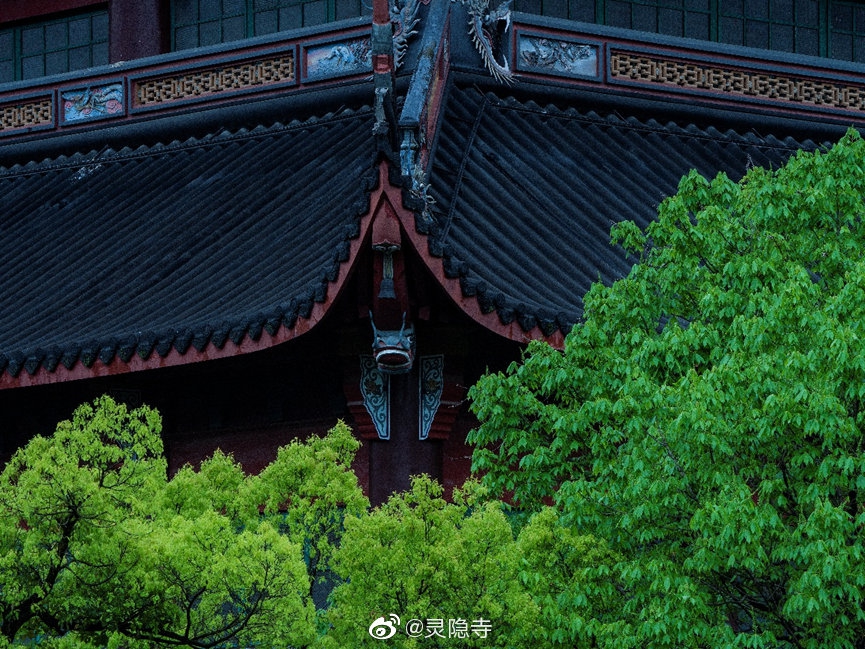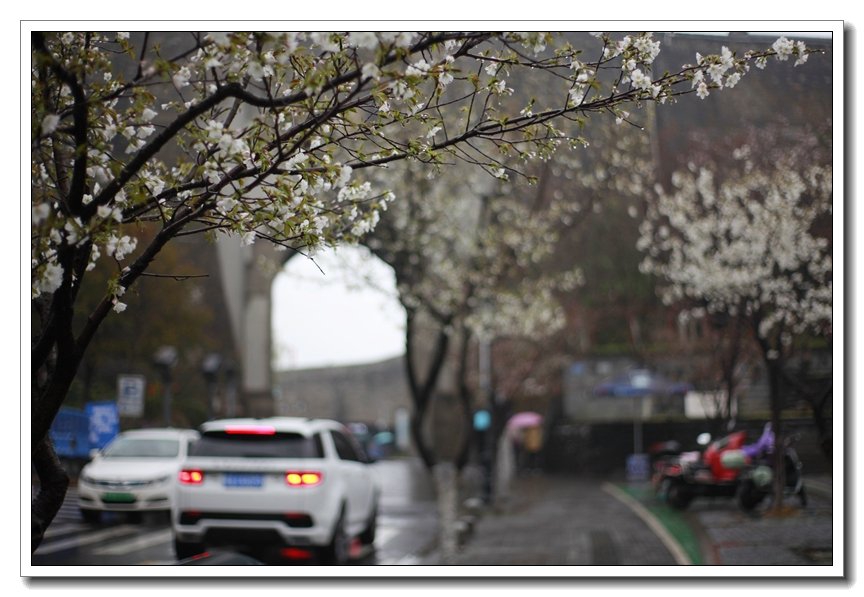
关于巴黎铁塔(埃菲尔铁塔)
埃菲尔铁塔的设计者是法国建筑师居斯塔夫·埃菲尔。早年他以旱桥专家而闻名。他一生中杰作累累,遍布世界,但使他名扬四海的还是这座以他名字命名的铁塔。用他自己的话说:埃菲尔铁塔“把我淹没了,好像我一生只是建造了她”。当初,法国政府虽然决定在巴黎建造一座世界最高的大铁塔,但提供的资金只是所需费用的1/5。埃菲尔为实现他的设计,曾将他的建筑工程公司和全部财产抵押给银行作为工程投资。
一个1000英尺高的建筑将会拉低巴黎的天空,并且压制城市的其他地标,例如圣母院(Notre Dame)、卢浮宫(Louvre)和凯旋门(Arc de Triomphe)……当铁塔开始破土动工的时候,超过300位知名的巴黎市民联署一份请愿书,要求停止这一工程。他们声称埃菲尔的“大烛台”会损害巴黎的名誉和形象。不过埃菲尔和市政府并没有理会这一抗议,建造工作丝毫未受影响的继续进行。
1887年1月28日,埃菲尔铁塔正式开工。250名工人冬季每天工作8小时,夏季每天工作13小时,终于,1889年3月31日这座钢铁结构的高塔大功告成。埃菲尔铁塔的金属制件有1.8万多个,重达7000吨,施工时共钻孔700万个,使用铆钉250万个。由于铁塔上的每个部件事先都严格编号,所以装配时没出一点差错。施工完全依照设计进行,中途没有进行任何改动,可见设计之合理、计算之精确。据统计,仅铁塔的设计草图就有5300多张,其中包括1700张全图。
如同巴黎所有的创新建筑一样,埃菲尔铁塔一开始即遭到了大部分巴黎人的冷淡和拒绝,再不用说那些建筑和城市规划专家尖刻的批评了。虽然铁塔的设计者埃菲尔宣称“法兰西将是全世界唯一将国旗悬挂在三百米高空中的国家”,但一时也无法说服各阶层反铁塔人士。
英文:Eiffel Tower
法文:La tour Eiffel英文简介▇
The assembly of the supports began on July 1, 1887 and was completed twenty-two months later.
All the elements were prepared in Eiffel’s factory located at Levallois-Perret on the outskirts of Paris. Each of the 18,000 pieces used to construct the Tower were specifically designed and calculated, traced out to an accuracy of a tenth of a millimetre and then put together forming new pieces around five metres each. A team of constructors, who had worked on the great metal viaduct projects, were responsible for the 150 to 300 workers on site assembling this gigantic erector set.
All the metal pieces of the tower are held together by rivets, a well-refined method of construction at the time the Tower was constructed.
The rivet workers
First the pieces were assembled in the factory using bolts, later to be replaced one by one with thermally assembled rivets, which contracted during cooling thus ensuring a very tight fit.
A team of four men was needed for each rivet assembled: one to heat it up, another to hold it in place, a third to shape the head and a fourth to beat it with a sledgehammer. Only a third of the 2,500,000 rivets used in the construction of the Tower were inserted directly on site.
Each corner edge rests on its own supporting block, applying to it a pressure of 3 to 4 kilograms per square centimetre, and each block is joined to the others by walls. On the Seine side of the construction, the builders used watertight metal caissons and injected compressed air, so that they were able to work below the level of the water.
The assembly of the first level was achieved by the use of twelve temporary wooden scaffolds, 30 metres high, and four larger scaffolds of 40 metres each. "Sand boxes" and hydraulic jacks - replaced after use by permanent wedges - allowed the metal girders to be positioned to an accuracy of one millimetre.
On December 7, 1887, the joining of the major girders up to the first level was completed.
The pieces were hauled up by steam cranes, which themselves climbed up the Tower as they went along using the runners to be used for the Tower's lifts.
Installing public elevators on the Tower raised many technical questions, since there had been no previous experience in elevators climbing to such heights and with such loads; the slanting tracks with various angles further complicated the problems.
The original machines in the West and East piers (up to the first floor only) were provided by the French company Roux Combaluzier Lepape, using hydraulically powered double looped chains and rollers in side guides. Their poor performance led to their removal. They were replaced in 1897 and 1899 by the Fives-Lille machinery, relying on hydraulic accumulators, 16-meter long main pistons, cable loops and manual controls. They were a success, steadfastly lifting the tourists up to the second floor until the late eighties. They were then upgraded to conform to the present day regulations: the old machinery still provides the counterweight power for the dead weights, while the variable parts of the loads were driven by modern high pressure oil pumps and motors controlled by computers.
The original American elevators by Otis in the North and South piers took visitors up to the second floor in a double-decker cabin, using hydraulically powered cables. They were no match for the Fives-Lille units and were scrapped respectively in 1900 from the South pillar and shortly after 1912 from the North pillar, after a failed attempt to re-power it with an electric motor. The increasing amount of visitors during the late fifties led to the installation of large capacity machinery in the North pier in 1965. Manufactured by Schneider Creusot Loire and using the best engineering and electrical machineries available, it was upgraded in 1995 with new cabins and computer controls.
The South pier was rigged anew in 1983 with a small electrically driven elevator by Otis to take customers up to the Jules Verne Restaurant. In 1989, a four-ton service elevator was added (also by Otis) helping to relieve the main elevators of excessive trips up and down 埃菲尔铁塔是巴黎的标志之一,被法国人爱称为“铁娘子”。它和纽约的帝国大厦、东京的电视塔同被誉为西方三大著名建筑。
1889年,法国大革命100周年,巴黎举办了大型国际博览会以示庆祝。博览会上最引人注目的展品便是埃菲尔铁塔。它成为当时席卷世界的工业革命的象征。
埃菲尔铁塔的设计者是法国建筑师居斯塔夫·埃菲尔。早年他以旱桥专家而闻名。他一生中杰作累累,遍布世界,但使他名扬四海的还是这座以他名字命名的铁塔。用他自己的话说:埃菲尔铁塔“把我淹没了,好像我一生只是建造了她”。当初,法国政府虽然决定在巴黎建造一座世界最高的大铁塔,但提供的资金只是所需费用的1/5。埃菲尔为实现他的设计,曾将他的建筑工程公司和全部财产抵押给银行作为工程投资。
1887年1月28日,埃菲尔铁塔正式开工。250名工人冬季每天工作8小时,夏季每天工作13小时,终于,1889年3月31日这座钢铁结构的高塔大功告成。埃菲尔铁塔的金属制件有1.8万多个,重达7000吨,施工时共钻孔700万个,使用铆钉250万个。由于铁塔上的每个部件事先都严格编号,所以装配时没出一点差错。施工完全依照设计进行,中途没有进行任何改动,可见设计之合理、计算之精确。据统计,仅铁塔的设计草图就有5300多张,其中包括1700张全图。
建成后的埃菲尔铁塔高300米,直到1930年它始终是全世界最高的建筑。如今,铁塔上增设了广播和电视天线,它的总高已达320米。站在塔上,整个巴黎都在脚下。每天都有世界各地的游客慕名前来参观。到1988年,“铁娘子”已迎接来自五大洲的游客1.23亿人次。
1989年3月31日,埃菲尔铁塔整整100岁。为此巴黎铁塔管理公司特地主持隆重的纪念活动,重现了百年前埃菲尔率众登顶的历史场景:身着黑色礼服、头戴宽边礼帽、手持国旗的“埃菲尔”和30名“知名人士”、“建筑工人”,在隆重的鼓乐声中拾级而上。当他把三色旗插上塔顶时,21响礼炮齐鸣,群鸽绕塔飞翔,彩色气球飘上蓝天。在铁塔2层平台的围栏上悬挂着用世界各国文字书写的“庆祝铁塔100岁”的彩色条幅。无数游客翘首目睹了这一壮观场面。
埃菲尔铁塔经历了百年风雨,但在经过本世纪80年代初的大修之后风采依旧,巍然屹立在塞纳河畔。它是全体法国人民的骄傲。
埃菲尔铁塔占地一公顷,耸立在巴黎市区赛纳河畔的战神广场上。除了四个脚是用钢筋水泥之外,全身都用钢铁构成,塔身总重量7000吨。塔分三层,第一层高57米,第二层115米,第三层274米。除了第三层平台没有缝隙外,其他部分全是透空的。从塔座到塔顶共有1711级阶梯,现已安装电梯,故十分方便。每一层都设有酒吧和饭馆,供游客在此小憩,领略独具风采的巴黎市区全景:每逢晴空万里,这里可以看到远达70公里之内的景色。
The assembly of the supports began on July 1, 1887 and was completed twenty-two months later.
All the elements were prepared in Eiffel’s factory located at Levallois-Perret on the outskirts of Paris. Each of the 18,000 pieces used to construct the Tower were specifically designed and calculated, traced out to an accuracy of a tenth of a millimetre and then put together forming new pieces around five metres each. A team of constructors, who had worked on the great metal viaduct projects, were responsible for the 150 to 300 workers on site assembling this gigantic erector set.
All the metal pieces of the tower are held together by rivets, a well-refined method of construction at the time the Tower was constructed.
The rivet workers
First the pieces were assembled in the factory using bolts, later to be replaced one by one with thermally assembled rivets, which contracted during cooling thus ensuring a very tight fit.
A team of four men was needed for each rivet assembled: one to heat it up, another to hold it in place, a third to shape the head and a fourth to beat it with a sledgehammer. Only a third of the 2,500,000 rivets used in the construction of the Tower were inserted directly on site.
Each corner edge rests on its own supporting block, applying to it a pressure of 3 to 4 kilograms per square centimetre, and each block is joined to the others by walls. On the Seine side of the construction, the builders used watertight metal caissons and injected compressed air, so that they were able to work below the level of the water.
The assembly of the first level was achieved by the use of twelve temporary wooden scaffolds, 30 metres high, and four larger scaffolds of 40 metres each. "Sand boxes" and hydraulic jacks - replaced after use by permanent wedges - allowed the metal girders to be positioned to an accuracy of one millimetre.
On December 7, 1887, the joining of the major girders up to the first level was completed.
The pieces were hauled up by steam cranes, which themselves climbed up the Tower as they went along using the runners to be used for the Tower's lifts.
Installing public elevators on the Tower raised many technical questions, since there had been no previous experience in elevators climbing to such heights and with such loads; the slanting tracks with various angles further complicated the problems.
The original machines in the West and East piers (up to the first floor only) were provided by the French company Roux Combaluzier Lepape, using hydraulically powered double looped chains and rollers in side guides. Their poor performance led to their removal. They were replaced in 1897 and 1899 by the Fives-Lille machinery, relying on hydraulic accumulators, 16-meter long main pistons, cable loops and manual controls. They were a success, steadfastly lifting the tourists up to the second floor until the late eighties. They were then upgraded to conform to the present day regulations: the old machinery still provides the counterweight power for the dead weights, while the variable parts of the loads were driven by modern high pressure oil pumps and motors controlled by computers.
The original American elevators by Otis in the North and South piers took visitors up to the second floor in a double-decker cabin, using hydraulically powered cables. They were no match for the Fives-Lille units and were scrapped respectively in 1900 from the South pillar and shortly after 1912 from the North pillar, after a failed attempt to re-power it with an electric motor. The increasing amount of visitors during the late fifties led to the installation of large capacity machinery in the North pier in 1965. Manufactured by Schneider Creusot Loire and using the best engineering and electrical machineries available, it was upgraded in 1995 with new cabins and computer controls.
The South pier was rigged anew in 1983 with a small electrically driven elevator by Otis to take customers up to the Jules Verne Restaurant. In 1989, a four-ton service elevator was added (also by Otis) helping to relieve the main elevators of excessive trips up and down
埃菲尔铁塔是什么形状的?
埃菲尔铁塔像一座单号的积木,远看又像一个钢铁巨人,再仔细看真相聚集成了三角形的吸铁石。
埃菲尔铁塔(法语:La Tour Eiffel;英语:the Eiffel Tower),矗立在法国巴黎市战神广场上,旁靠塞纳河,为举行1889年世界博览会,用以庆祝法国大革命胜利100周年,法国政府进行建筑招标,最终确立埃菲尔铁塔。
其始建于1887年1月26日,于1889年3月31日竣工,并成为当时世界最高建筑。
埃菲尔铁塔初始高度312米,现高324米,一楼高57米,占地4415平方米,二楼高115米,占地1430平方米,三楼高276米,占地250平方米。从广场到二楼有五部电梯,从二楼到顶层有两部双人电梯。铁塔设有广场、一楼、二楼、顶层、花园五个区域,每年接待游客700万人次。 埃菲尔铁塔称得上是世界上最高的铁塔,位于巴黎塞纳河南岸马尔斯广场的北端,铁塔的形状呈四方“人”字型,下粗上细放射状,气势雄伟。
埃菲尔铁塔图片
埃菲尔铁塔是巴黎的标志之一,被法国人爱称为“铁娘子”。它和纽约的帝国大厦、东京的电视塔同被誉为世界三大著名建筑。 1889年,法国大革命100周年,巴黎举办了大型国际博览会以示庆祝。博览会上最引人 埃菲尔铁塔
注目的展品便是埃菲尔铁塔。它成为当时席卷世界的工业革命的象征。 埃菲尔铁塔的设计者是法国建筑师居斯塔夫·埃菲尔。早年他以旱桥专家而闻名。他一生中杰作累累,遍布世界,但使他名扬四海的还是这座以他名字命名的铁塔。用他自己的话说:埃菲尔铁塔“把我淹没了,好像我一生只是建造了她”。当初,法国政府虽然决定在巴黎建造一座世界最高的大铁塔,但提供的资金只是所需费用的1/5。埃菲尔为实现他的设计,曾将他的建筑工程公司和全部财产抵押给银行作为工程投资。 1887年1月28日,埃菲尔铁塔正式开工。250名工人冬季每天工作8小时,夏季每天工作13小时,终于,1889年3月31日这座钢铁结构的高塔大功告
埃菲尔铁塔(10张)成。埃菲尔铁塔是由很多分散的碎片组成的——看起来就像一堆模型的组件。不过,这些碎片可不是塑料的,而是金属的,而且有18038个,重达10000吨,施工时共钻孔700万个,使用铆钉250万个。由于铁塔上的每个部件事先都严格编号,所以装配时没出一点差错。施工完全依照设计进行,中途没有进行任何改动,可见设计之合理、计算之精确。据统计,仅铁塔的设计草图就有5300多张,其中包括1700张全图。 建成后的埃菲尔铁塔高300米,直到1930年它始终是全世界最高的建筑。如今,铁塔上增设了广播和电视天线,它的总高已达320米。站在塔上,整个巴黎都在脚下。每天都有世界各地的游客慕名前来参观。到1988年,“铁娘子”已迎接来自五大洲的游客1.23亿人次。 1989年3月31日,埃菲尔铁塔整整100岁。为此巴黎铁塔管理公司特地主持隆重的纪念活动,重现了百年前埃菲尔率众登顶的历史场景:身着黑色礼服、头戴宽边礼帽、手持国旗的“ 埃菲尔铁塔
埃菲尔”和30名“知名人士”、“建筑工人”,在隆重的鼓乐声中拾级而上。当他把三色旗插上塔顶时,21响礼炮齐鸣,群鸽绕塔飞翔,彩色气球飘上蓝天。在铁塔2层平台的围栏上悬挂着用世界各国文字书写的“庆祝铁塔100岁”的彩色条幅。无数游客翘首目睹了这一壮观场面。 埃菲尔铁塔经历了百年风雨,经过20世纪80年代初的大修之后风采依旧,巍然屹立在塞纳河畔。它是全体法国人民的骄傲。 埃菲尔铁塔占地一公顷,耸立在巴黎市区赛纳河畔的战神广场上。除了四个脚是用钢筋水泥之外,全身都用钢铁构成,塔身总重量7000吨。塔分三层,第一层高57米,第二层115米,第三层274米。除了第三层平台没有缝隙外,其他部分全是透空的。从塔座到塔顶共有1711级阶梯,现已安装电梯,故十分方便。每一层都设有酒吧和饭馆,供游客在此小憩,领略独具风采的巴黎市区全景:每逢晴空万里,这里可以看到远达70公里之内的景色。铁塔的设计者埃菲尔先生当初交付图纸时就曾说:“只有适当的油漆,才能保障这座金属建筑的寿命。”这句话对于铁娘子的维护很是适用,它是不是同时也更适合于现今人们情感的维系:细致关怀,善始善终,这才是人间大美之所在。 历史:http://baike.baidu.com/view/489982.htm#3
图片:http://image.baidu.com/i?tn=baiduimage&ct=201326592&lm=-1&cl=2&word=%B0%A3%B7%C6%B6%FB%CC%FA%CB%FE
埃菲尔铁塔英文
埃菲尔铁塔用英语怎么写,缩写怎么写
Eiffel Tower
艾菲尔铁塔英语怎么说 40分
艾菲尔铁塔
EiffelTower
还是在那些著名的城堡、皇宫雕像和纪念碑,如艾菲尔铁塔之中呢?
Is it in the famous castles,palaces,s俯atue sand monuments,such as the
Eiffel Tower?
无论如何,每个人都说中央电视台大楼是艾菲尔铁塔,或希望它是。
It’s CCTV as the Eiffel Tower, which is what everyone says it is/ wants it to beany way
希望您采纳,谢谢
艾菲尔铁塔用英语怎么说?
Eiffel Tower
埃菲尔铁塔这个词用英文怎么读请读出来
艾 第一声、佛 第三声、掏 第一声、ver 卷舌
埃菲尔铁塔用英语怎么读(用汉语拼出来)
艾 第一声、佛 第三声、掏 第一声、ver 卷舌
情定埃菲尔用英文怎么说
Affection for the
情定埃菲尔
巴黎铁塔用英语怎么说
巴黎铁塔
Eiffel tower
注:
tower 英 [ˈtaʊə(r)]
美 [ˈtaʊɚ]
n. 塔,楼塔; 要害地; 〈罕〉(负伤鸟的)笔直向上飞; 〈美〉铁路信号所;
vi. 远远高于,远远超过; 高耸,超越;
na. “Towers“的变体;
[例句]He stood up and towered over her.
他站起身来,比她高出许多。
[其他] 第三人称单数:towers 复数:towers 现在分词:towering 过去式:towered 过去分词:towered
埃菲尔铁塔简笔画
课程名称:绘画教程-埃菲尔铁塔
课程类型:简笔画»建筑
格式:图文
工具材料:画纸、勾线笔、水彩笔
适合年龄:7-9岁
课时:90分钟
第一步:用勾线笔画出铁塔的一个大致的轮廓
第二步:继续画出铁塔的每层的建筑样式
第三步:继续勾画铁塔的其他部分的塔上纹路
第四步:涂上五颜六色的水彩,一个著名的建筑“铁娘子”就完成了
旅游攻略https://wwW.caoYuAntIANLU.ORg
